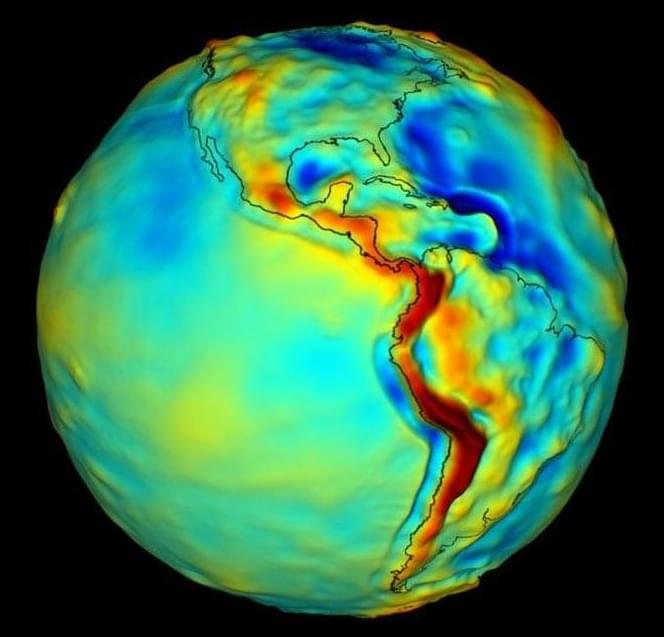In a physics first, a team including scientists from the National Institute of Standards and Technology (NIST) has created a way to make beams of neutrons travel in curves. These Airy beams (named for English scientist George Airy), which the team created using a custom-built device, could enhance neutrons’ ability to reveal useful information about materials ranging from pharmaceuticals to perfumes to pesticides — in part because the beams can bend around obstacles.
“We’ve known about these strange, self-steering wave patterns for a while, but until now, no one had ever made them with neutrons,” said NIST’s Michael Huber, one of the paper’s authors. “This opens up a whole new way to control neutron beams, which could help us see inside materials or explore some big questions in physics.”
A paper announcing the findings appears today in Physical Review Letters. The team was led by the University at Buffalo’s Dusan Sarenac, and coauthors from the Institute for Quantum Computing (IQC) at the University of Waterloo in Canada built the custom device that helped create the Airy beam. The team also includes scientists from the University of Maryland, Oak Ridge National Laboratory, Switzerland’s Paul Scherrer Institut, and Germany’s Jülich Center for Neutron Science at Heinz Maier-Leibnitz Zentrum.









